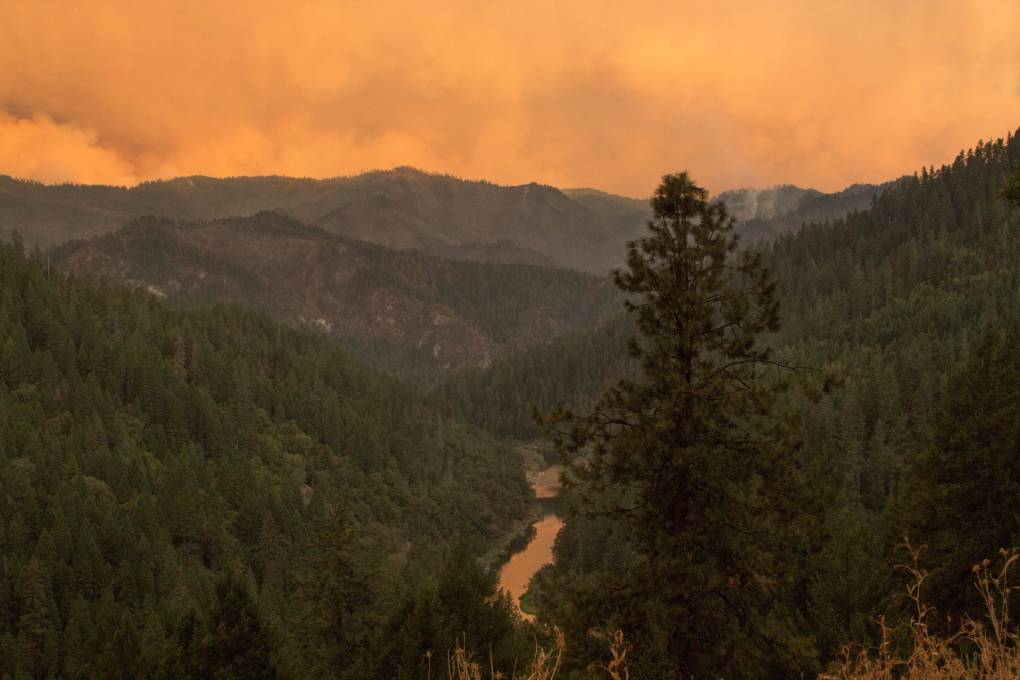After massive downpours flooded California’s rivers and packed mountains with snow, the state reported Monday the first increase in groundwater supplies in four years.
The state saw 4.1 million acre-feet of managed groundwater recharge in the water year ending in September and an 8.7 million acre-feet increase in groundwater storage, California’s Department of Water Resources said. Groundwater supplies are critical to growing much of the country’s fresh produce.
The semiannual report came after water officials stepped up efforts during last year’s rains to capture water flows from melting snowpack in the mountains and encouraged farmers to flood fields to replenish groundwater basins.

